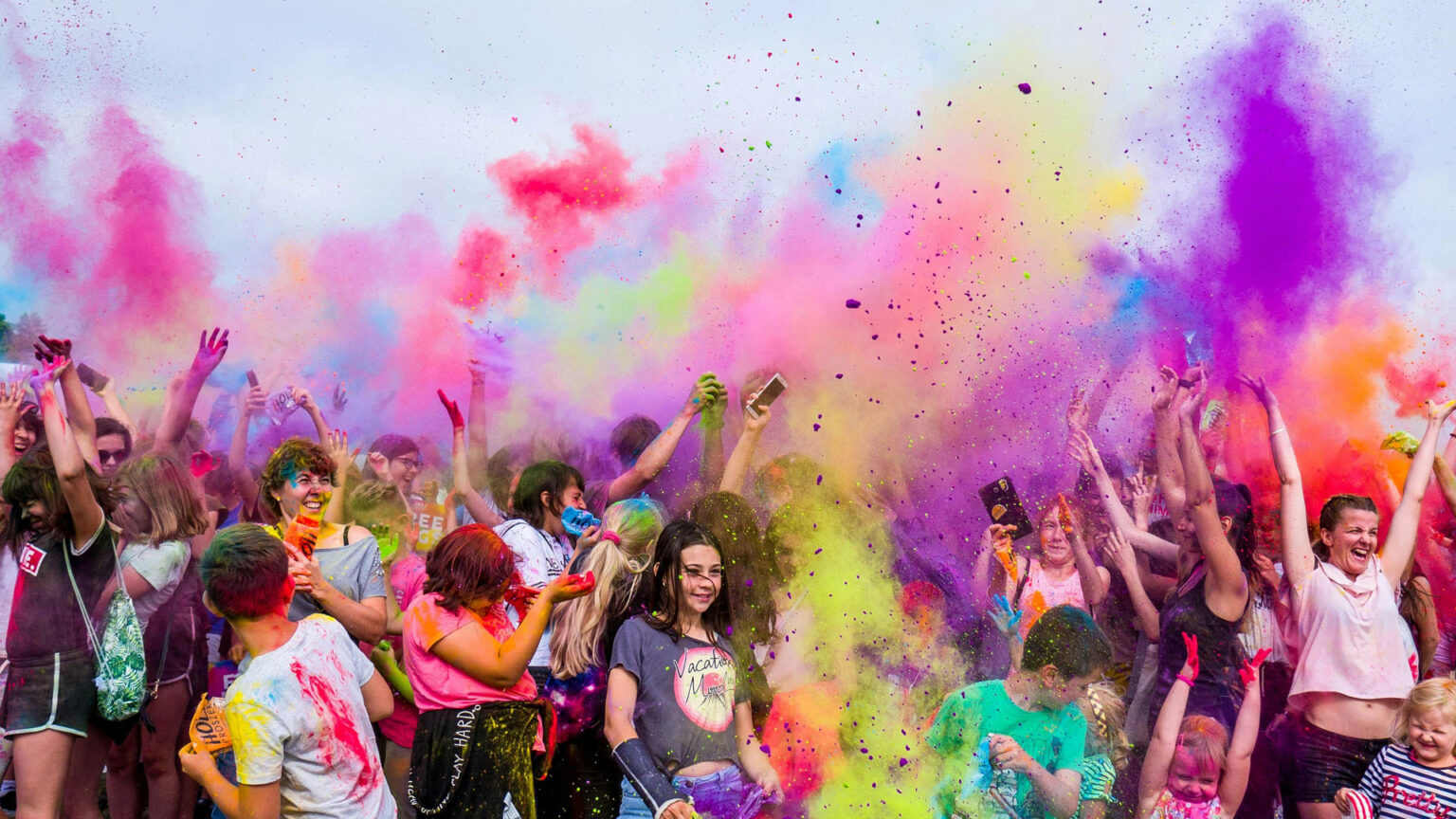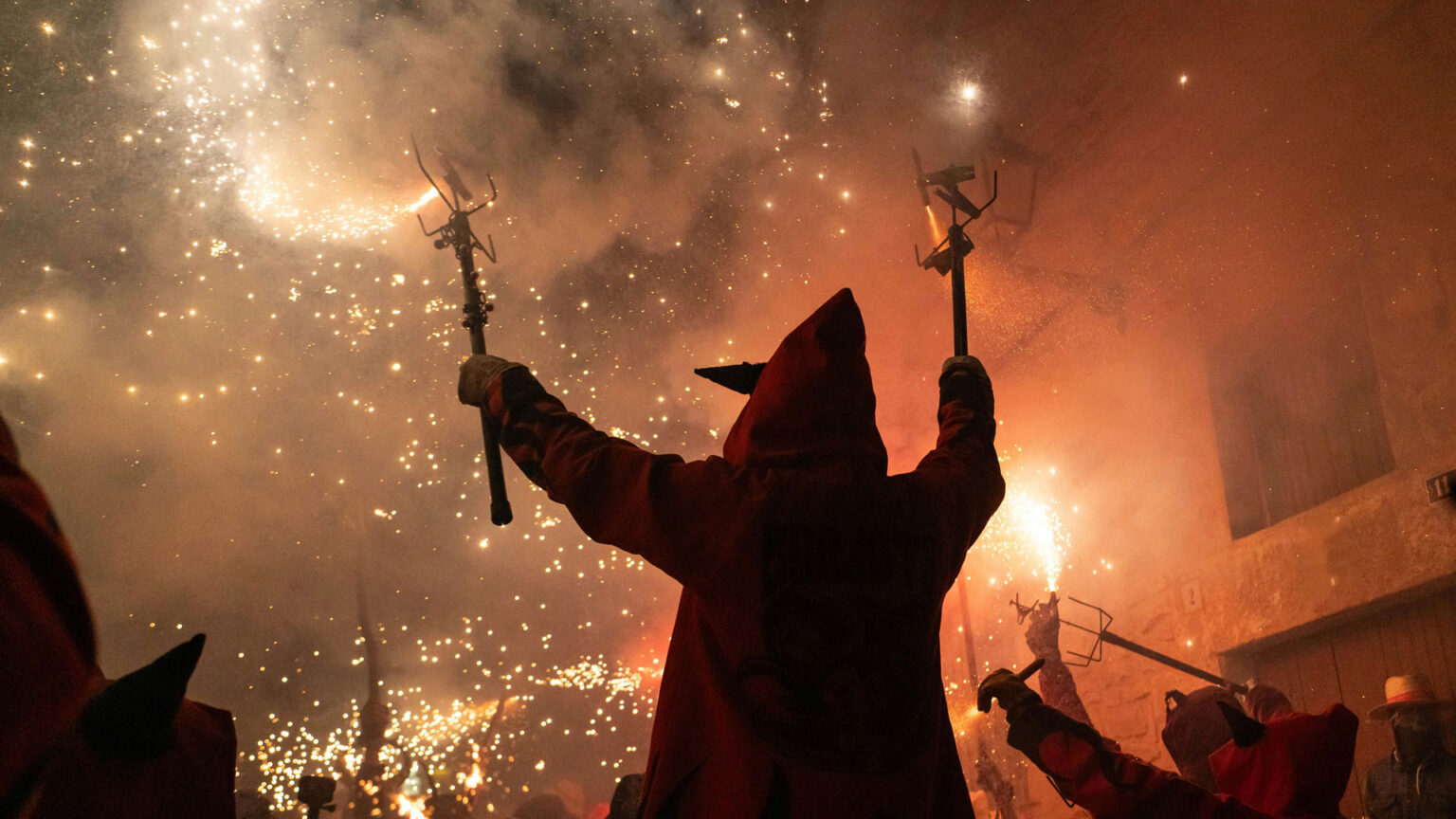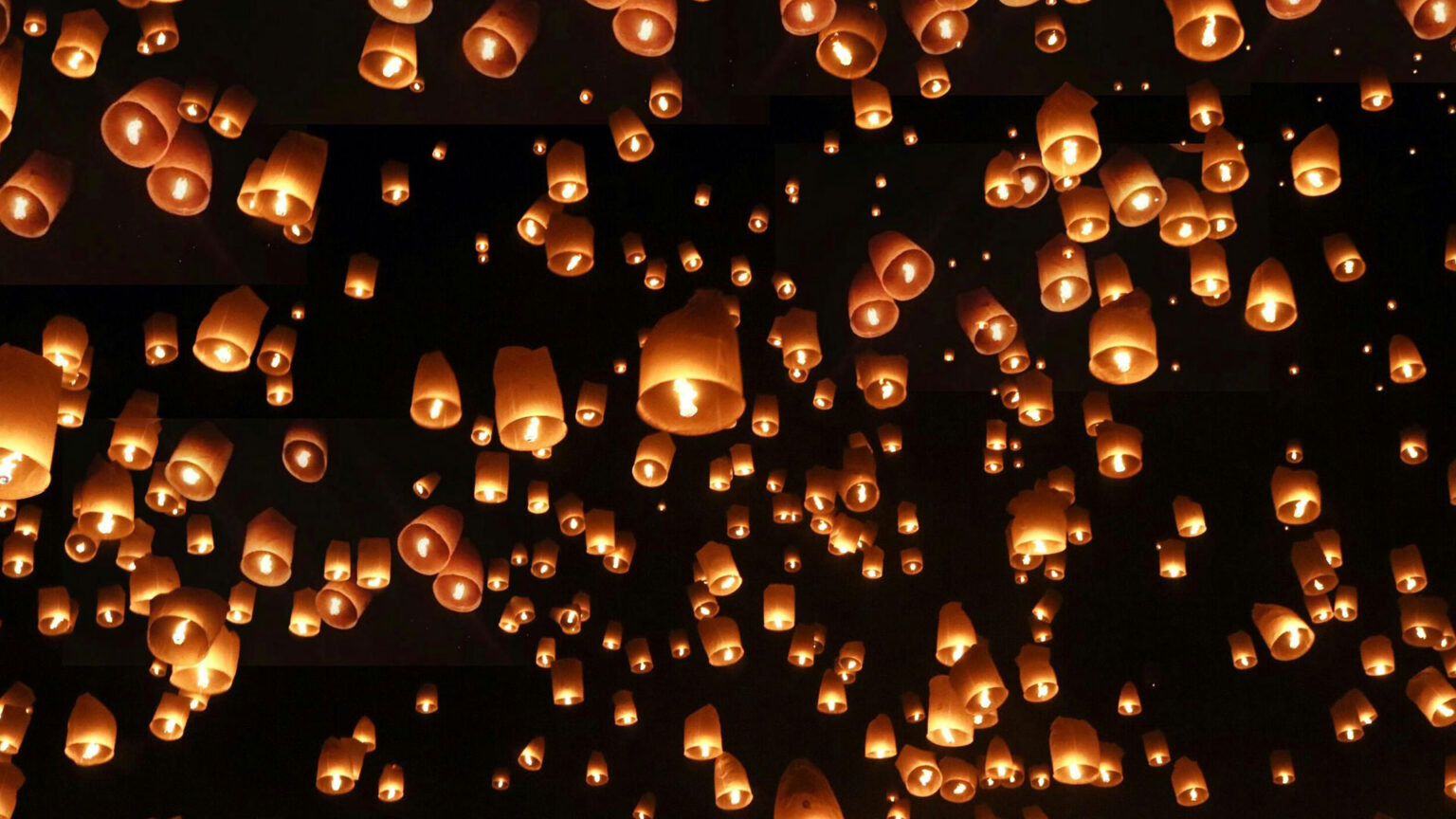Holi Festival: Colourful Celebrations in India
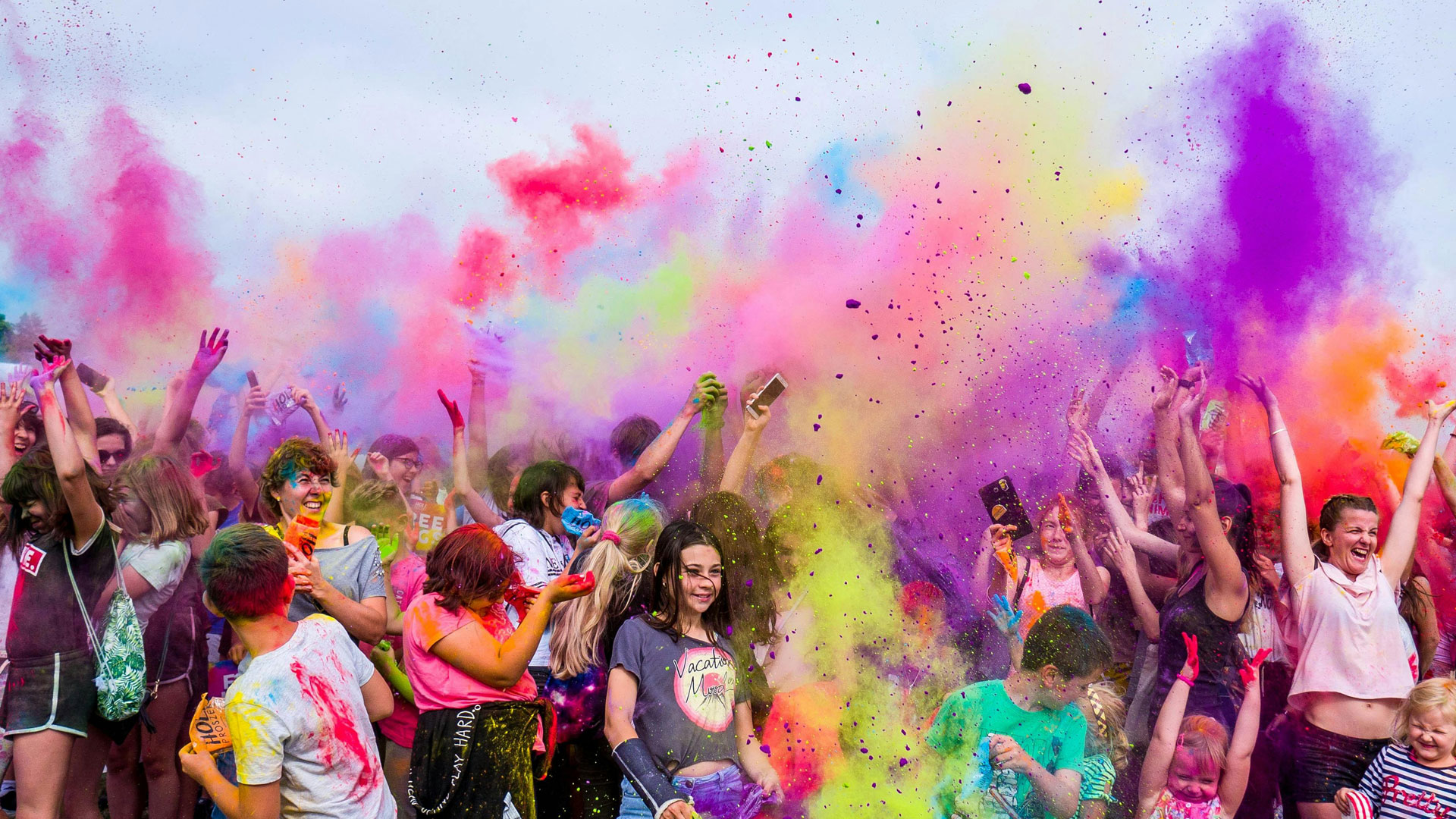
The Holi Festival, a vibrant and joyous Hindu celebration, is observed across India and the world. This beloved occasion marks the triumph of good over evil, the arrival of spring, and the unity of communities. Holi Festival significance extends beyond its kaleidoscopic colors, symbolizing spiritual renewal, social harmony, and the celebration of life.
The Holi Festival is a two-day celebration, typically occurring in March. The first day, Holika Dahan, commemorates the burning of the demoness Holika, representing the victory of good over evil. The second day, Rangwali Holi or Dhulandi, is the main celebration, where participants indulge in colorful processions, playful water fights, and social gatherings.
Holi Festival holds profound cultural and spiritual significance:
- Marks the beginning of spring and new life
- Celebrates the triumph of good over evil
- Fosters social unity and harmony
- Symbolizes spiritual renewal and cleansing
- Showcases India’s rich cultural heritage
As we delve into the world of Holi Festival, let’s explore its history, mythology, celebrations, and cultural impact, uncovering the essence of this vibrant and captivating festival.
History and Mythology
The Holi Festival has its roots in ancient Hindu mythology, with several legends and stories surrounding its origins.
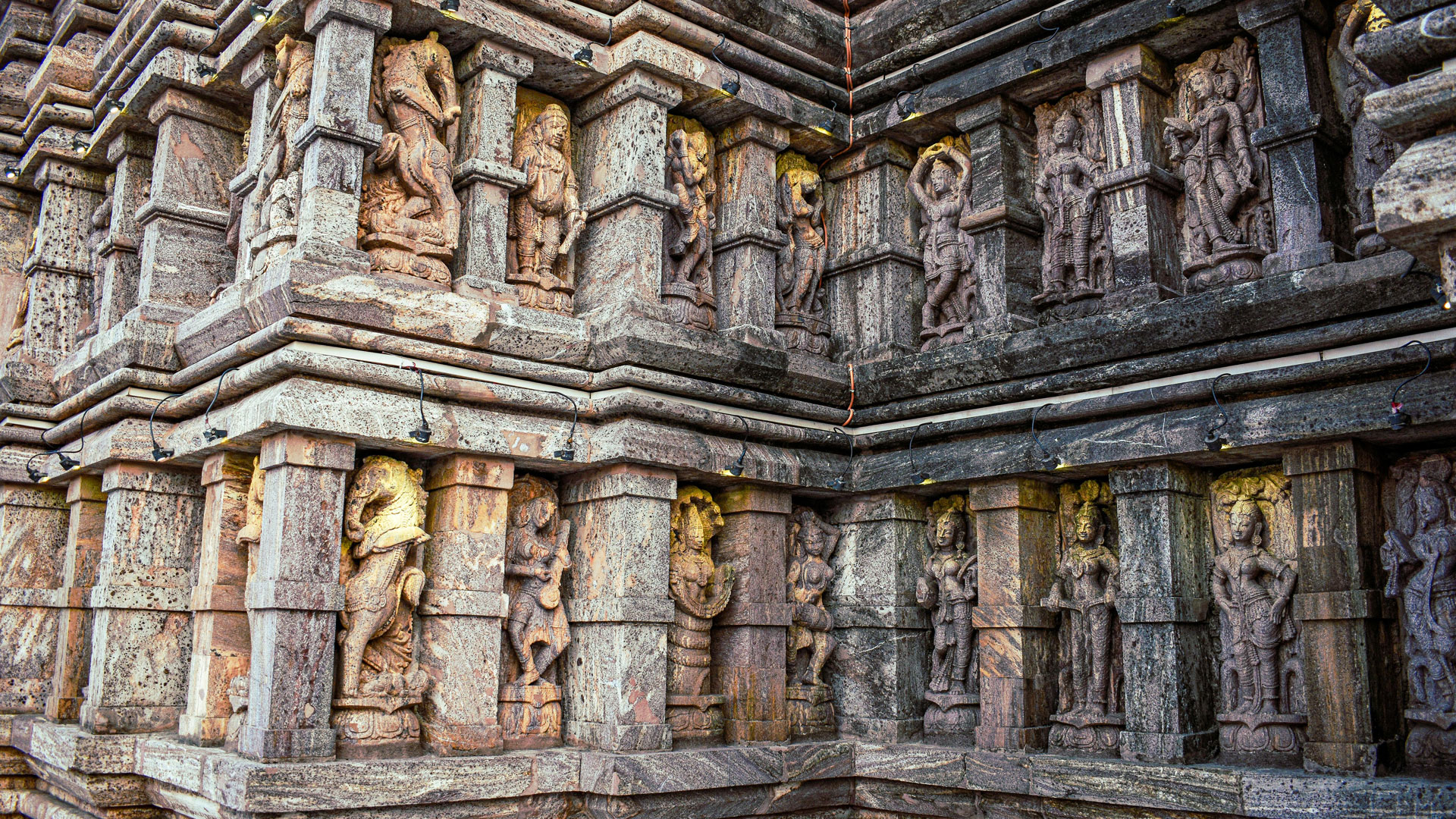
The Legend of Holika and Prahlad
One of the most popular stories associated with Holi is the legend of Holika and Prahlad. According to myth, Hiranyakashyap, a powerful demon king, forbade his son Prahlad from worshiping Lord Vishnu. However, Prahlad continued to devote himself to Vishnu, angering his father.
Hiranyakashyap asked his sister, Holika, to kill Prahlad. Holika had a magical cloak that protected her from fire. She tricked Prahlad into sitting with her in a burning pyre, but Prahlad’s devotion to Vishnu saved him. Holika burned to death, while Prahlad emerged unscathed.
The Triumph of Good Over Evil
This legend symbolizes the triumph of good over evil, as embodied by Prahlad’s unwavering devotion to Vishnu. The burning of Holika represents the destruction of evil forces.
Other Mythological Associations
Other Hindu myths linked to Holi include:
- The story of Shiva and Kaamadeva: Shiva’s destruction of Kaamadeva, the god of love, is said to be commemorated on the day before Holi.
- The legend of Radha and Krishna: Holi celebrates the divine love between Radha and Krishna, symbolizing the union of the human soul with the divine.
Historical Significance
Historical records indicate that Holi was celebrated as early as the 4th century CE. The festival was mentioned in ancient Hindu texts, such as the Puranas and the Mahabharata.
Regional Variations
Different regions in India have unique mythological and cultural associations with Holi:
- In Bengal, Holi is associated with the worship of Goddess Kali.
- In Maharashtra, Holi is celebrated as Rangapanchami.
The rich tapestry of myths, legends, and historical significance surrounding Holi Festival underscores its importance in Hindu culture and tradition.
Celebrations and Rituals
Holi Festival is a vibrant celebration of colors, joy, and unity. The festivities involve various rituals, traditions, and regional variations that showcase India’s rich cultural heritage.
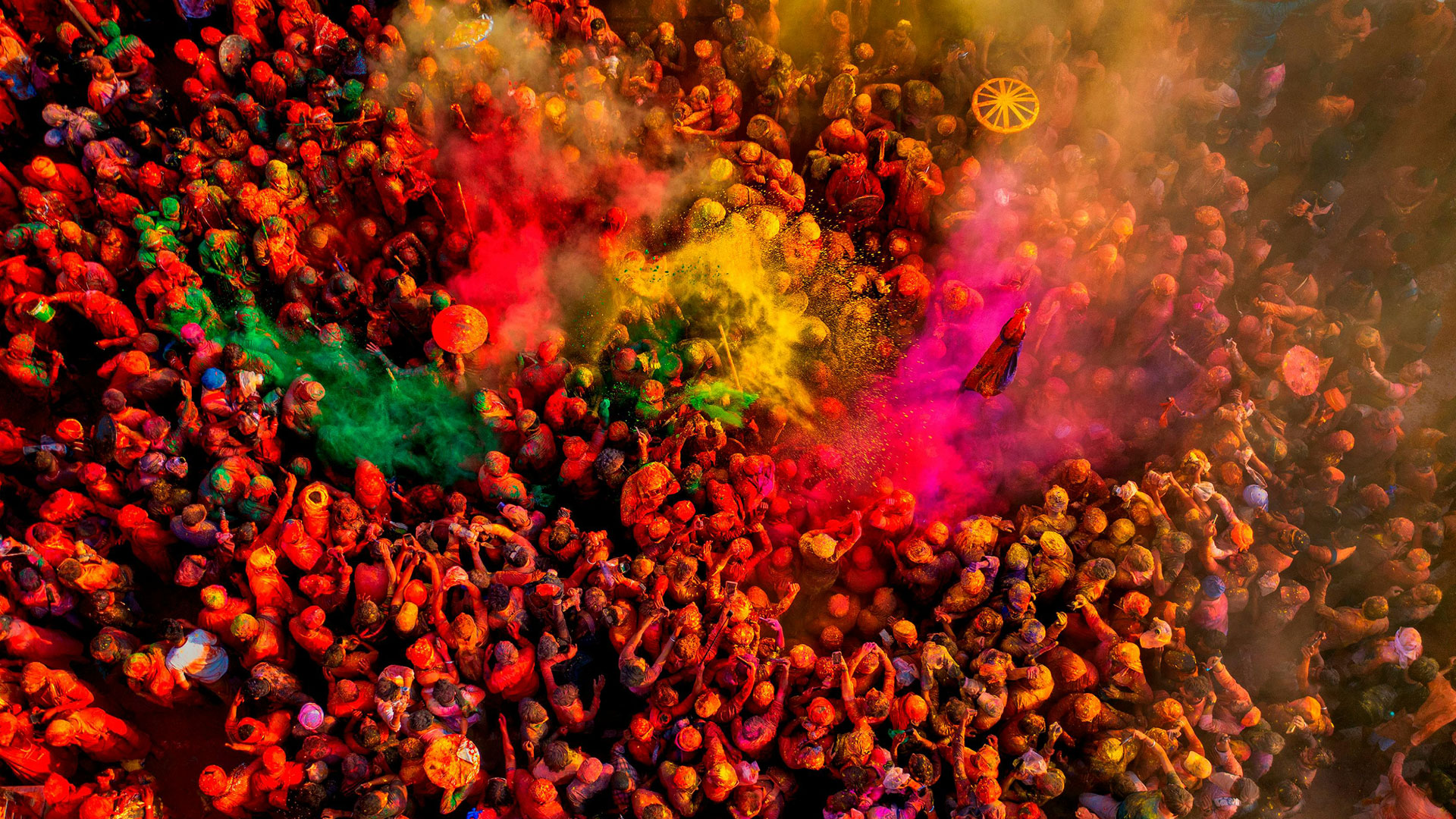
Preparations and Traditions
Preparations for Holi begin weeks in advance. People clean and decorate their homes with vibrant colors, flowers, and rangolis (intricate floor designs). Traditional sweets and dishes, such as gujiyas, thandai, and halwa, are prepared. Families gather ingredients for the Holi bonfire (Holika Dahan), including wood, cow dung, and ghee. Temples are decorated with colorful fabrics, flowers, and lights.
The Holi Bonfire (Holika Dahan)
The evening before Holi, families gather to light the Holi bonfire, symbolizing the burning of evil forces. This ritual is rooted in the legend of Holika and Prahlad. People sing and dance around the fire, offering prayers to Lord Vishnu.
Colorful Processions and Festivities
Rangwali Holi (Dhulandi) marks the main celebration. People gather in streets, parks, and temples to throw colors, play music, and dance. Colorful processions (Shobhayatras) feature decorated floats, cultural performances, and traditional folk dances. Water fights (Pani Holi) with water guns and balloons add to the festive atmosphere.
Regional Variations
Holi celebrations vary across India:
- Bengal: Dol Yatra (swing festival) and Basant Utsav (spring festival) feature colorful processions and traditional folk dances.
- Maharashtra: Rangapanchami (color festival) is celebrated with traditional sweets and colorful decorations.
- Rajasthan: Royal Holi processions and elephant festivals showcase the state’s rich cultural heritage.
- Uttar Pradesh: Lathmar Holi (stick-fighting) and Holi Milan (social gatherings) promote unity and community bonding.
Unique Traditions
Several regions have unique Holi traditions:
- Mathura and Vrindavan: Traditional Holi celebrations at Krishna’s birthplace feature colorful processions and folk performances.
- Gujarat: Holi festivities include traditional folk dances (Garba and Dandiya Raas).
- Kerala: Holi-inspired festivals (Manipurolavam and Utsavam) showcase the state’s cultural diversity.
The diverse celebrations and rituals of Holi Festival demonstrate the triumph of good over evil and the unity of communities.
Cultural Significance
Holi Festival holds profound social and cultural significance, transcending its vibrant celebrations and colorful rituals.
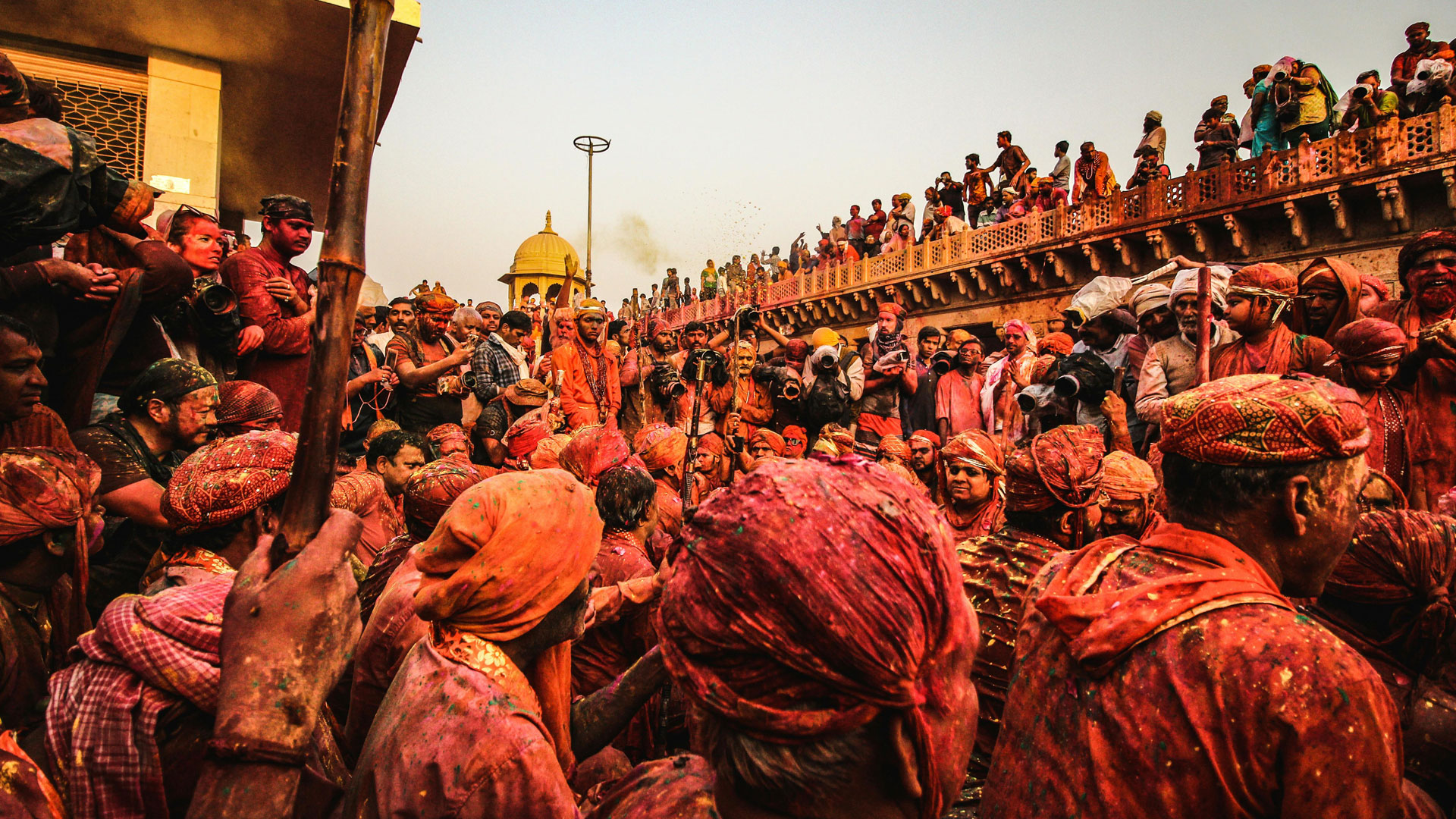
Social Impact
Holi’s social impact is multifaceted:
- Unity and Harmony: Holi bridges social divides, fostering unity among people from diverse backgrounds, castes, and creeds. The festival encourages collective participation, dissolving social barriers.
- Community Bonding: Neighborhoods and communities come together, strengthening social bonds through shared celebrations, food, and festivities.
- Inclusivity: Holi encourages participation from all ages, castes, and creeds, promoting a sense of belonging and social cohesion.
Cultural Significance
Holi’s cultural significance is deeply rooted:
- Preservation of Tradition: Holi preserves India’s rich cultural heritage, passing it down to future generations through stories, rituals, and celebrations.
- Celebration of Colors: Holi’s vibrant colors symbolize the diversity and richness of Indian culture, representing the various facets of life.
- Spiritual Significance: Holi’s association with Hindu mythology reinforces spiritual values, reminding people of the triumph of good over evil.
Indian Traditions and Values
Holi embodies essential Indian traditions and values:
- Respect for Elders: Holi festivities involve seeking blessings from elders, reinforcing the importance of respect and gratitude.
- Family Bonding: Holi strengthens family ties through shared celebrations, meals, and quality time.
- Cultural Exchange: Holi facilitates cultural exchange between regions and communities, promoting cross-cultural understanding.
Impact on Modern Society
Holi’s significance extends to modern society:
- Promoting Tolerance: Holi’s inclusive nature encourages tolerance and acceptance, essential in today’s diverse world.
- Stress Relief: Holi’s playful atmosphere provides a much-needed break from daily stress, promoting mental well-being.
- Cultural Revival: Holi’s celebration helps preserve India’s cultural identity, countering the erosion of traditional values.
Global Significance
Holi’s cultural significance extends beyond India:
- Cultural Exchange: Holi celebrations worldwide foster cultural exchange between India and other nations.
- Tourism: Holi attracts tourists, showcasing India’s vibrant culture and promoting cultural understanding.
- Global Unity: Holi’s message of unity and harmony resonates globally, transcending geographical boundaries.
In conclusion, Holi Festival’s cultural significance extends far beyond its colorful celebrations, promoting unity, harmony, and cultural preservation.
Holi Around the World
Holi’s vibrant spirit has transcended geographical boundaries, with global celebrations and adaptations showcasing its universal appeal.
Global Celebrations
Holi is celebrated worldwide, with diverse communities embracing its vibrant culture:
- United States: Major cities like New York, Los Angeles, Miami, and Chicago host large-scale Holi festivals, attracting thousands. These events often feature traditional music, dance, and food.
- United Kingdom: London’s Holi celebrations are particularly notable, with colorful processions, cultural events, and community gatherings.
- Canada: Toronto, Vancouver, and Montreal host vibrant Holi festivities, including traditional dances, music, and cultural performances.
- Australia: Sydney’s Holi celebrations showcase Indian culture and cuisine, attracting attendees from diverse backgrounds.
Unique Traditions and Events
Global Holi celebrations have given rise to unique traditions and events:
- Singapore: Holi celebrations combine Indian and Singaporean cultures, featuring fusion music and dance performances.
- South Africa: Holi-inspired festivals promote unity and cultural exchange, often incorporating local music and traditions.
- Dubai: Holi festivities at Dubai’s Indian cultural centers attract expats and locals alike.
- Japan: Tokyo’s Holi celebrations blend Indian and Japanese traditions, creating a distinctive cultural experience.
International Holi Events
Several international events celebrate Holi’s spirit:
- Holi Festival of Colors USA: A touring festival celebrating Holi across the United States.
- London Holi Festival: A vibrant celebration in London’s Trafalgar Square.
- Holi in the City (New York): A cultural event featuring music, dance, and colors.
Cultural Fusion
Holi’s global celebrations have inspired cultural fusion:
- Holi-inspired music festivals: Combining Indian classical music with global genres.
- Colorful fashion: Holi-inspired clothing and accessories.
- Fusion cuisine: Blending Indian and international flavors.
Holi’s global presence demonstrates its universal appeal, promoting unity, cultural exchange, and joy.
Safety Precautions and Tips
While Holi is a joyful celebration, it’s essential to prioritize safety and well-being to ensure a memorable and enjoyable experience.
Safe Holi Practices
To minimize risks and maximize fun, follow these safe Holi practices:
- Use natural colors: Opt for eco-friendly, chemical-free colors made from natural ingredients like turmeric, indigo, and flower extracts. Avoid synthetic colors containing harmful chemicals.
- Protect skin and hair: Apply coconut oil, moisturizer, or petroleum jelly to skin and hair before playing Holi. This helps prevent color stains and skin irritation.
- Wear protective gear: Use goggles, masks, and clothing that covers skin to prevent color entry into eyes, ears, or sensitive skin.
- Stay hydrated: Drink plenty of water to avoid dehydration, especially during intense celebrations.
- Avoid sensitive areas: Refrain from throwing colors near eyes, ears, or sensitive skin to prevent irritation or injury.
Health Concerns
Be aware of potential health concerns and take precautions:
- Allergies: Be cautious of color allergies or sensitivities. Perform patch tests before using new colors.
- Eye protection: Avoid color entry into eyes; flush with water immediately if necessary. Seek medical attention if irritation persists.
- Skin irritation: Treat skin irritations promptly with cold water, soap, and moisturizer.
- Respiratory issues: Avoid inhaling color dust, especially for individuals with respiratory conditions like asthma.
- Food and water safety: Ensure food and water consumed during celebrations are hygienic and safe.
Environmental Concerns
Consider the environmental impact of Holi celebrations:
- Water conservation: Minimize water usage during Holi celebrations, especially in areas with water scarcity.
- Color disposal: Dispose of colors responsibly, avoiding water pollution. Use designated color disposal areas.
- Waste management: Properly manage waste generated during celebrations, recycling and composting whenever possible.
Tips for a Safe Holi
Additional tips for a safe and enjoyable Holi:
- Play with friends and family: Ensure a safe and enjoyable experience with trusted companions.
- Follow local guidelines: Adhere to local regulations, safety guidelines, and cultural norms.
- Be respectful: Avoid forcing colors on others or damaging property.
- Clean up: Participate in post-Holi clean-up initiatives to maintain community spaces.
- Seek medical attention: If injuries or irritations occur, seek medical attention promptly.
By following these safety precautions and tips, you can ensure a joyful, responsible, and memorable Holi celebration.
Conclusion
Holi Festival: A Celebration of Unity and Joy
The Holi Festival, a vibrant and colorful celebration, holds immense cultural, social, and spiritual significance. As we conclude our exploration of this magnificent festival, let’s recap its importance.
Holi Festival embodies the triumph of good over evil, love over hatred, and unity over division. It celebrates the arrival of spring, renewing hopes and aspirations. Through its colorful rituals and traditions, Holi Festival brings people together, fostering unity, harmony, and social cohesion.
As we reflect on Holi Festival’s significance, we’re reminded of its universal message: love, acceptance, and inclusivity. Let’s carry this spirit forward, promoting peace, understanding, and joy in our lives.
With its rich cultural heritage and profound symbolism, Holi Festival continues to captivate hearts worldwide. As we conclude, let the vibrant colors of Holi inspire us to spread love, kindness, and unity.

